Myths meet art at SZ Museum new exhibition
Writer: Cao Zhen | Editor: Zhang Zhiqing | From: Original | Updated: 2025-06-16
Step into a world where ancient Greek myths come alive through stunning artifacts. “The Gifts of the Gods: Apulia Felix Among Greeks Indigenous and Romans” has just opened at Shenzhen Museum’s ancient art division, showcasing colorful pottery, sculptures, bronzeware, ceramics, and glassware from Puglia, Italy.
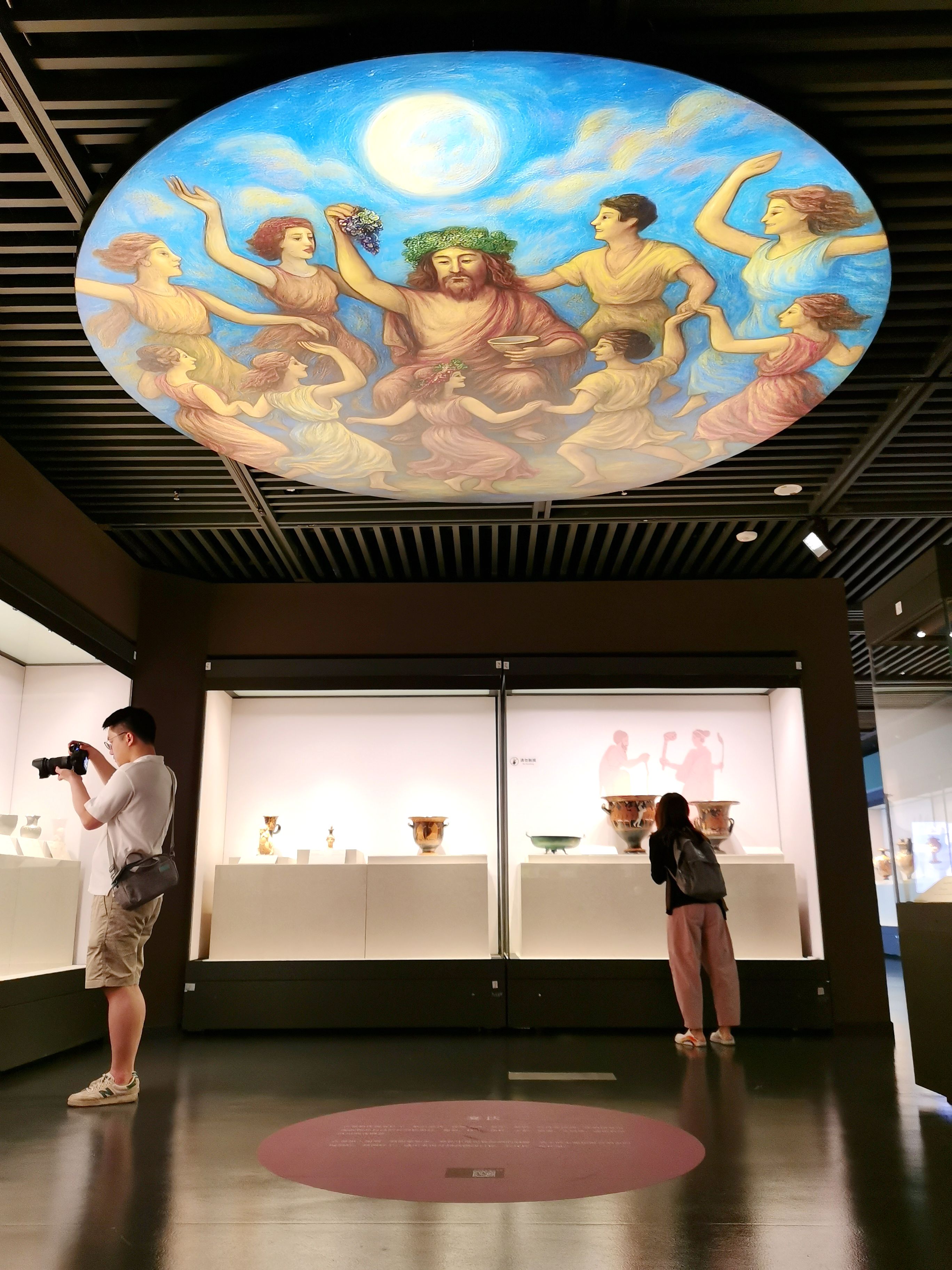
Visitors take photos at “The Gifts of the Gods” exhibition at Shenzhen Museum’s ancient art division. Photos by Cao Zhen unless otherwise stated
The exhibition features 115 artifacts (or sets) from six museums and cultural institutions in Puglia. These pieces date from the 6th century B.C. to the 2nd century A.D., tracing the rich legacy of ancient Greek civilization.
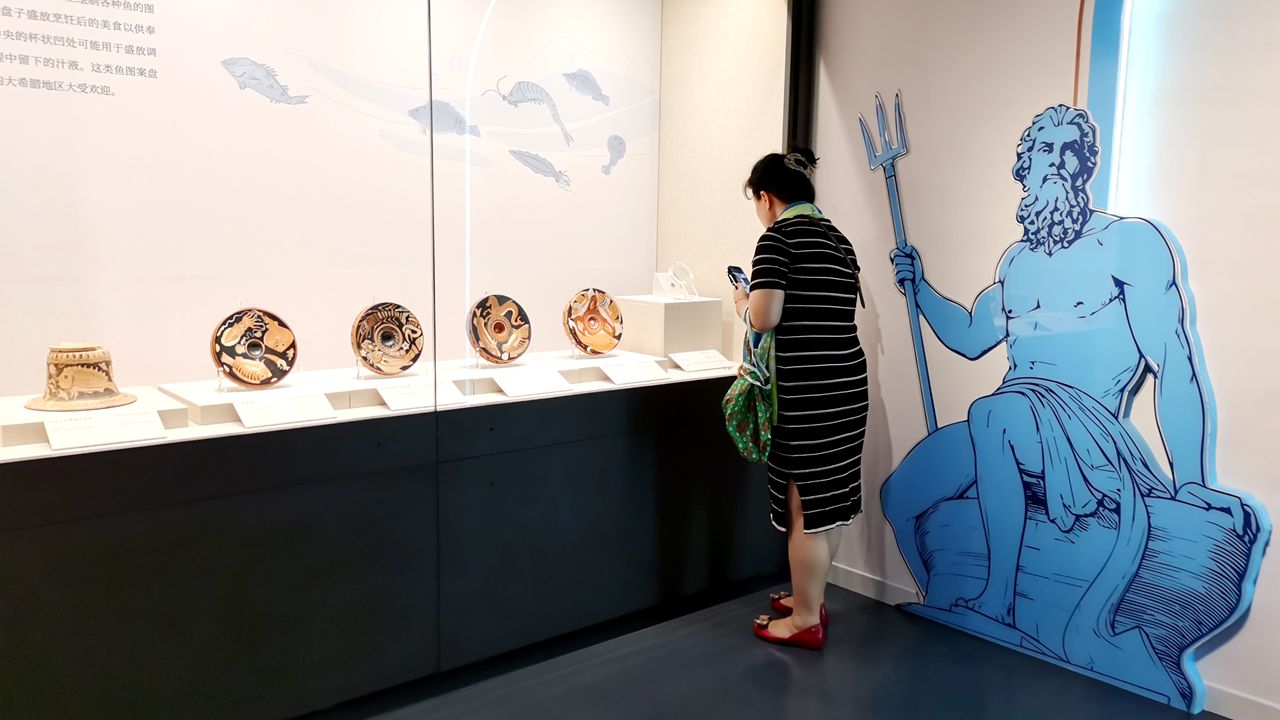
A visitor admires an array of Apulian red-figure fish plates.
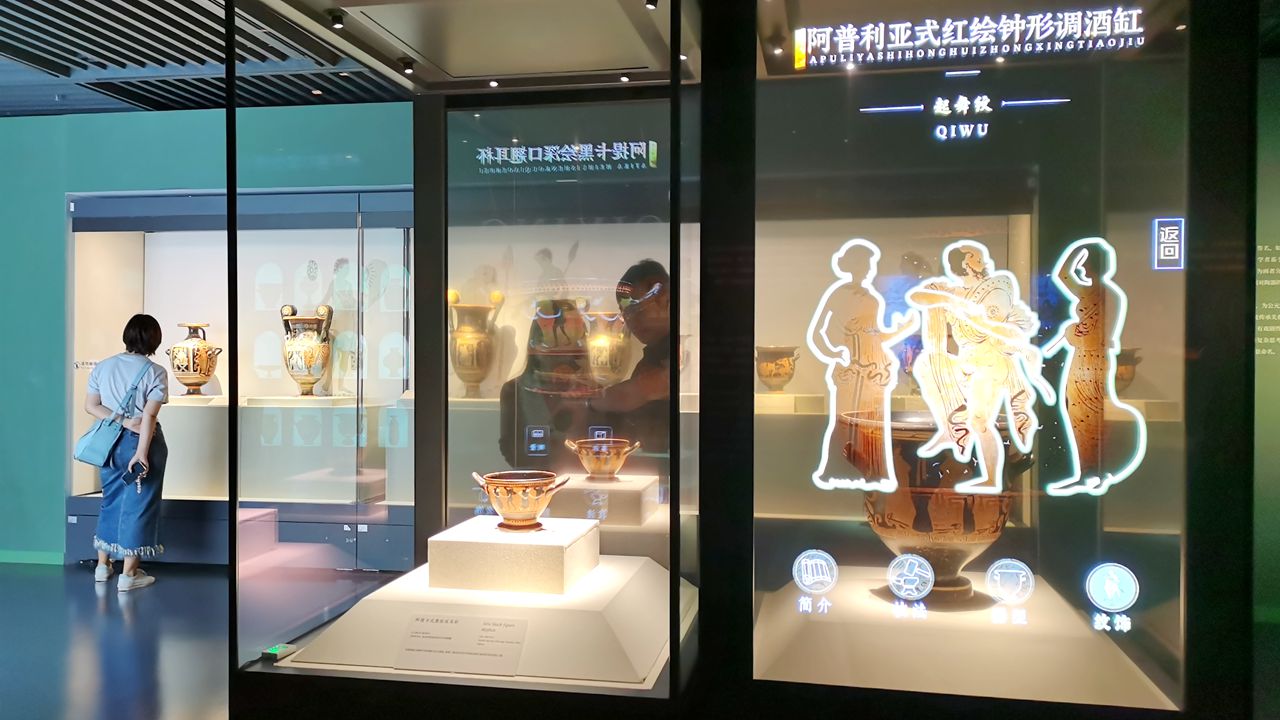
An interactive screen displays information about an Apulian red-figure bell krater.
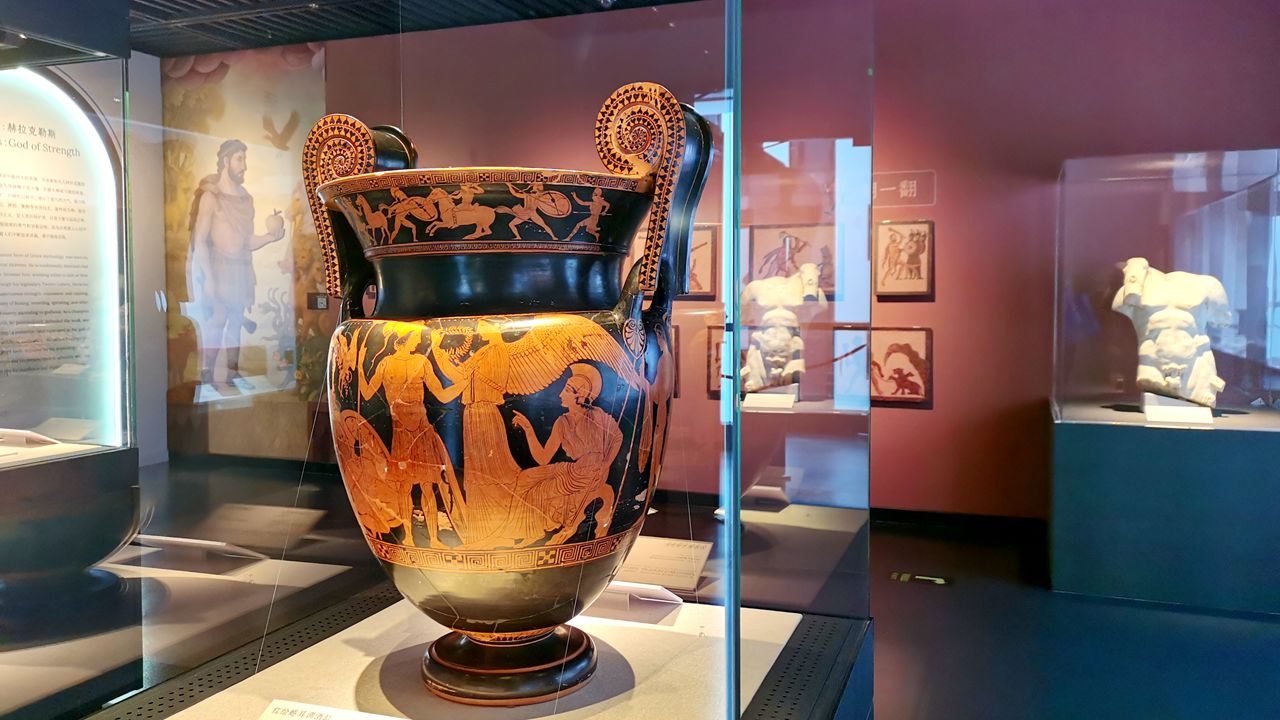
A red-figure volute krater (430-400 B.C.).
Puglia — also known as Apulia — is Italy’s southeasternmost region, the “heel” of the country’s boot-shaped peninsula. With more than 800 kilometers of coastline, it was a Greek colony from around the 8th century B.C., as part of Magna Graecia, until it came under Roman control in the 3rd century B.C.
For centuries, Puglia has been a crossroads of maritime cultures. The sea fostered prosperous trade and brought diverse influences, while myths and legends of the Greek gods flourished here.
Among these cultural treasures, the colorful pottery stands out as particularly captivating. The exhibition is curated around six Greek gods — Poseidon, Demeter, Athena, Dionysus, Apollo, and Heracles — whose stories are vividly depicted in intricate pottery patterns.
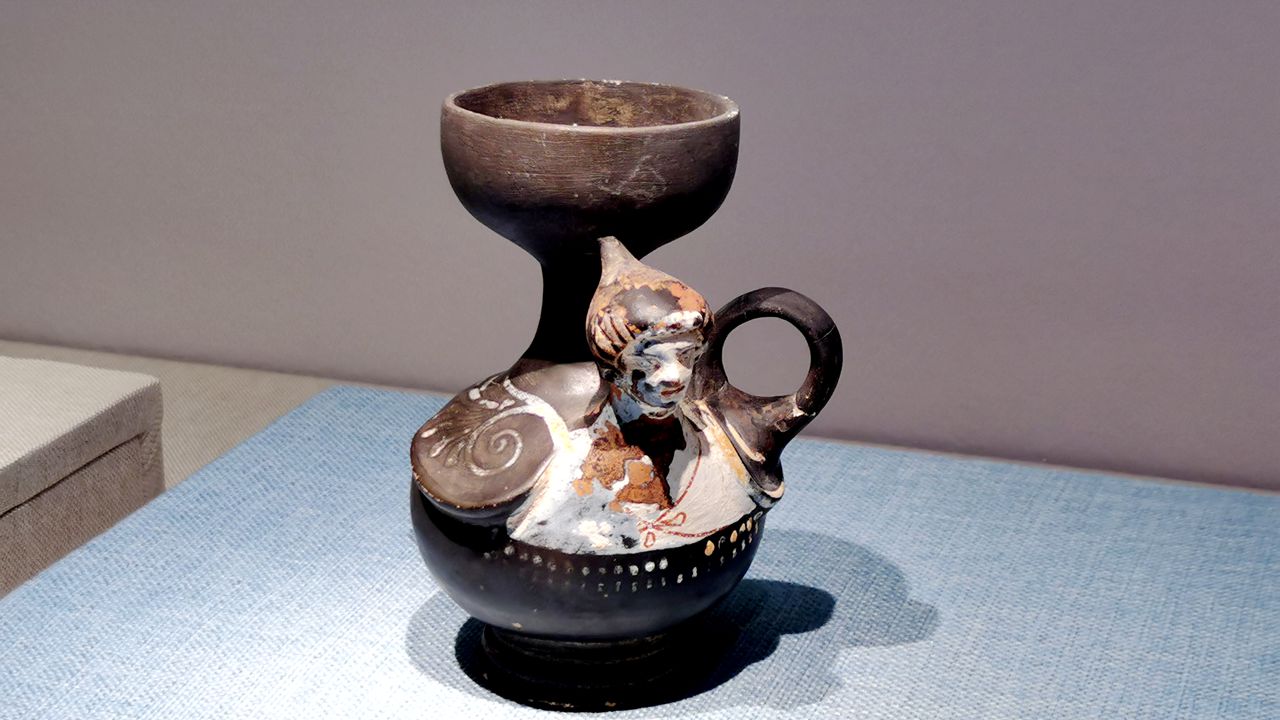
A ceramic askos (320-300 B.C.), decorated with Siren — a mythical creature half bird, half woman who lures sailors to destruction with her song.
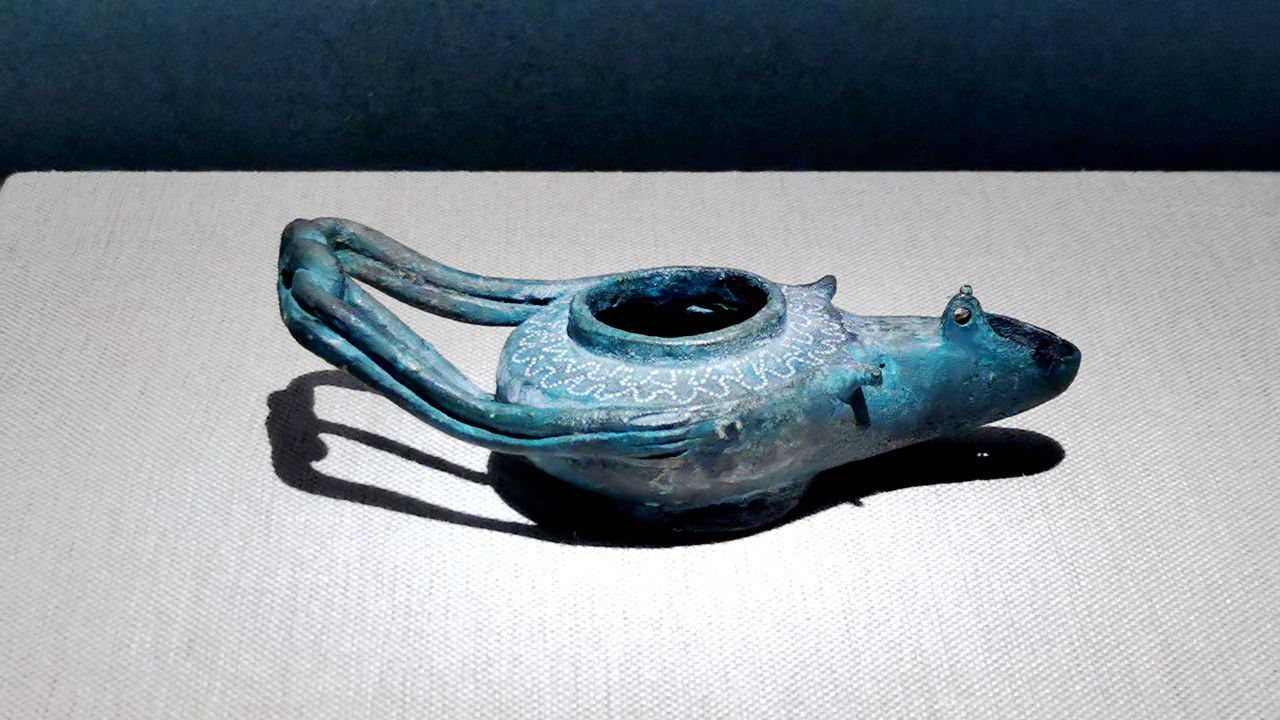
A bronze oil lamp (2nd-3rd century), featuring a Hercules-knot-shaped handle.
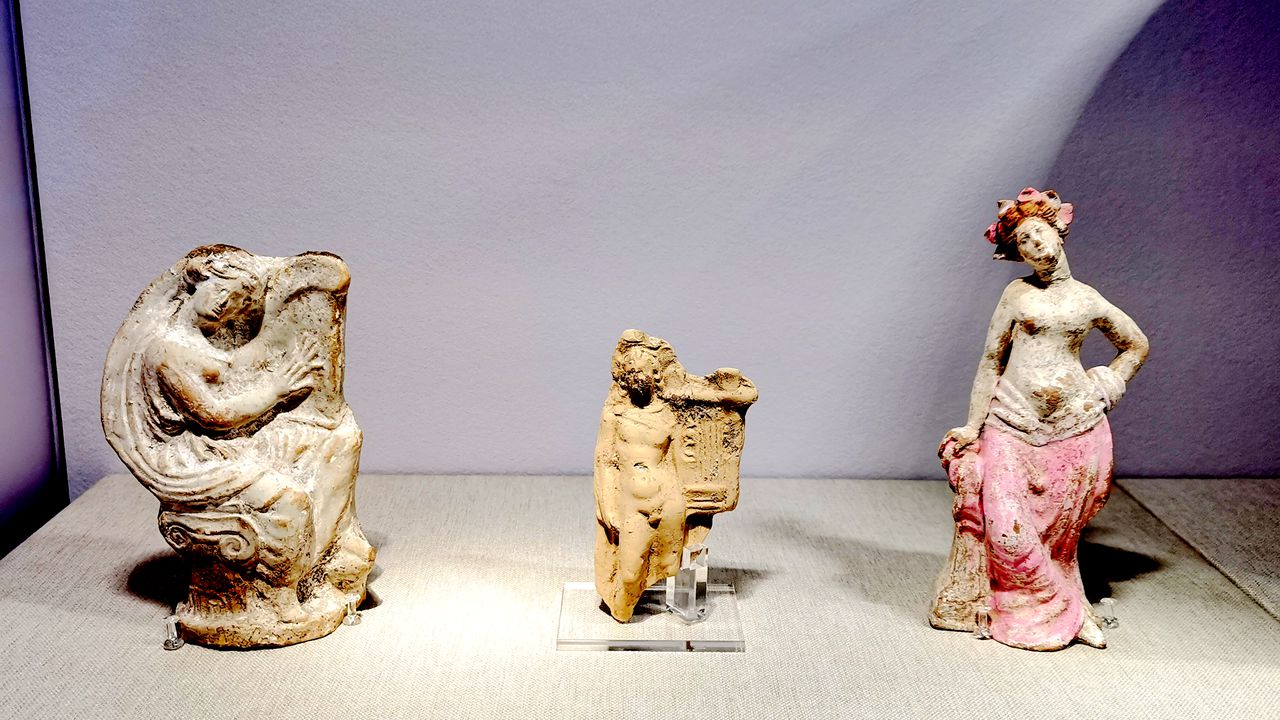
Terracotta statues (Hellenistic period).
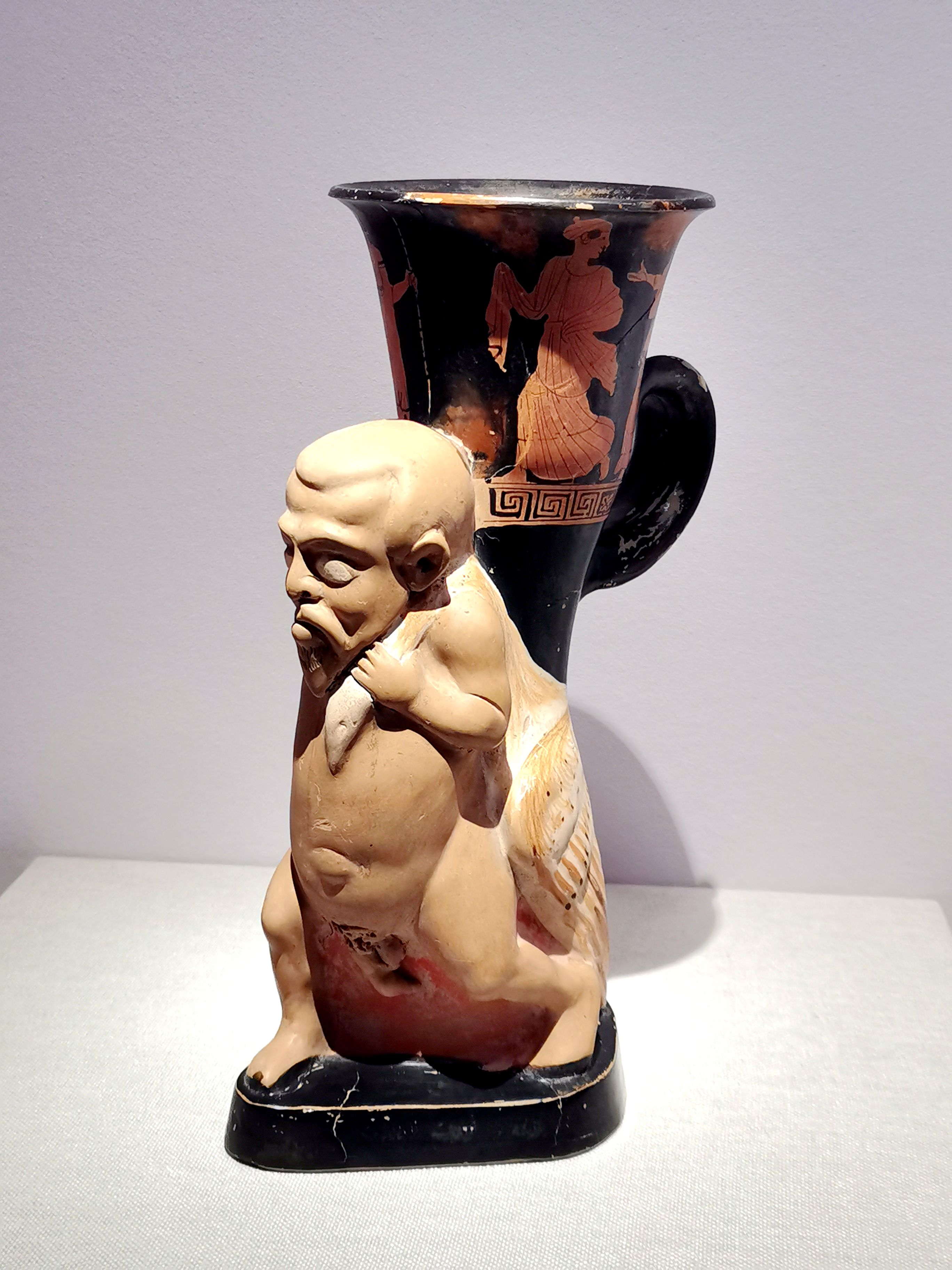
A red-figure rhyton (460-450 B.C.).
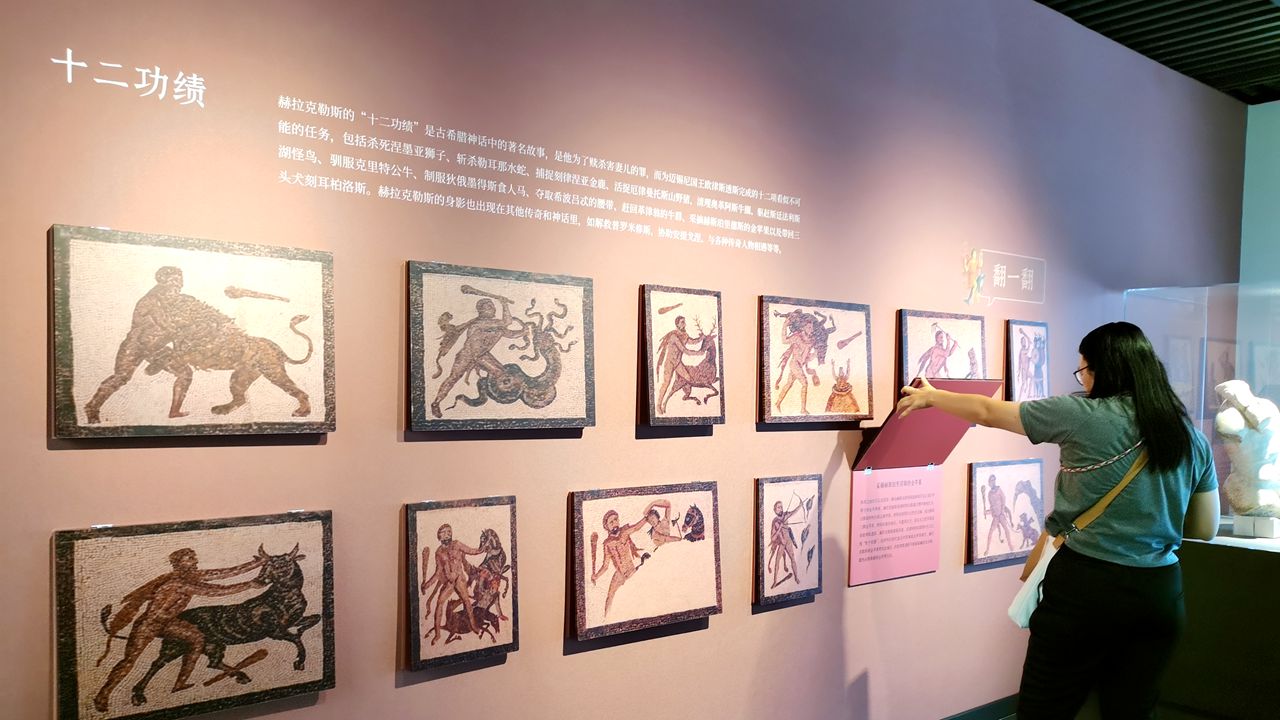
A visitor reads the description of one of the 12 Labors of Heracles at the exhibition.
Thanks to its fertile agricultural land, Puglia was called “felix” by the ancient Romans — the land of wealth and happiness — regarded as a divine gift. The pottery on display also offers glimpses into everyday life in antiquity: joyful feasts, music, dance, and athletic games.
Interactive screens invite visitors to explore the exquisite craftsmanship behind ancient red-figure and black-figure pottery styles. AI-generated illustrations add a fresh and engaging dimension to the stories of the ancient Greek gods. In the museum lobby, an immersive video showcases animated pottery patterns, blending the charm of ancient civilization with modern technology.
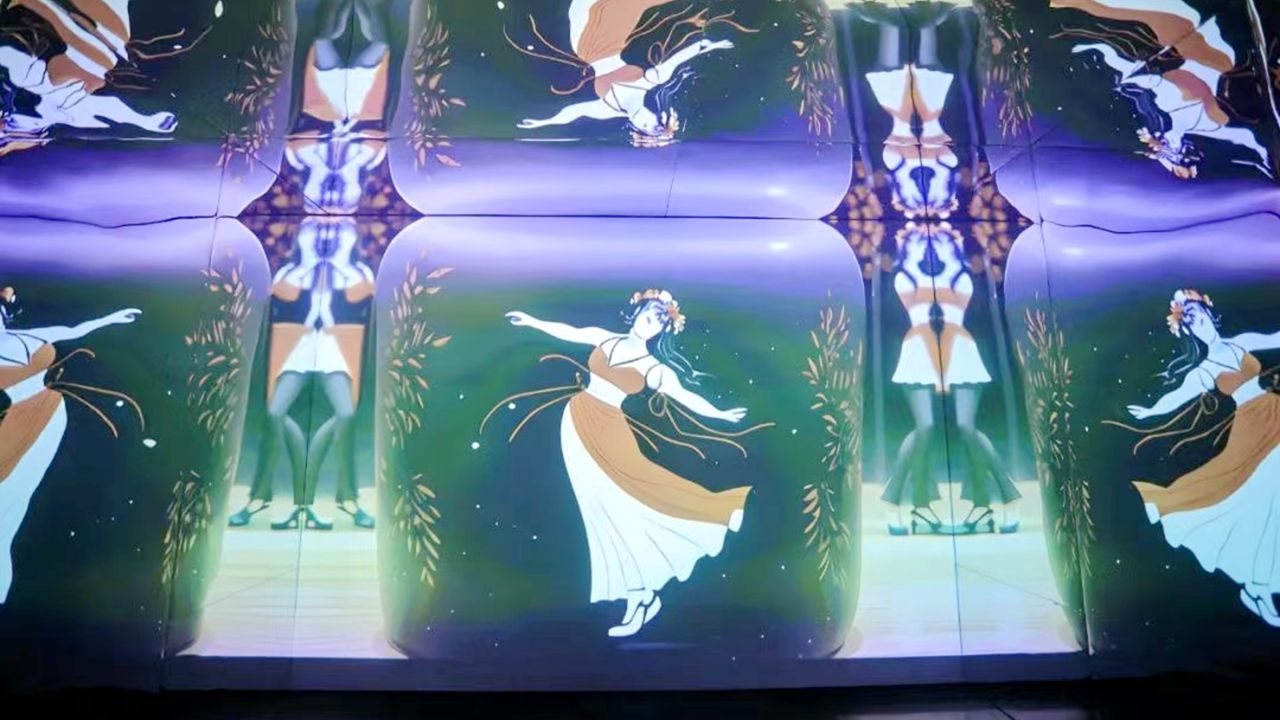
A scene from a video shown at the exhibition. Photo courtesy of the organizers
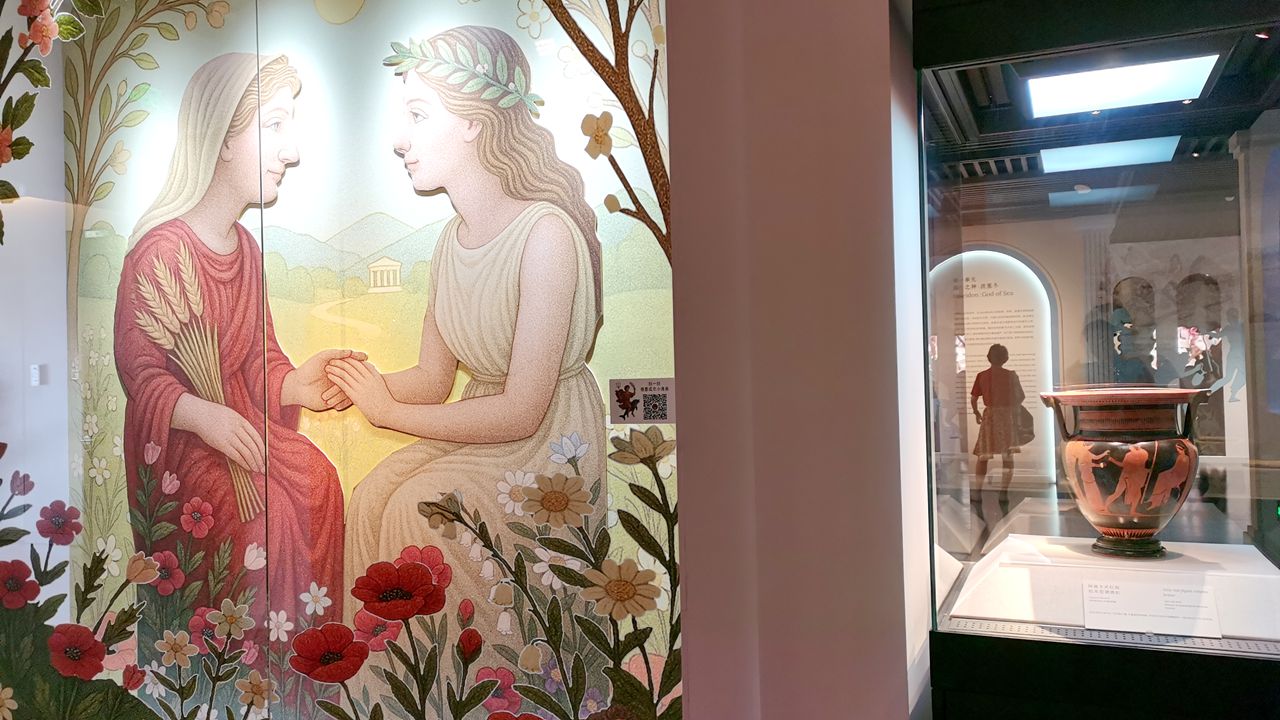
A scene at the exhibition.
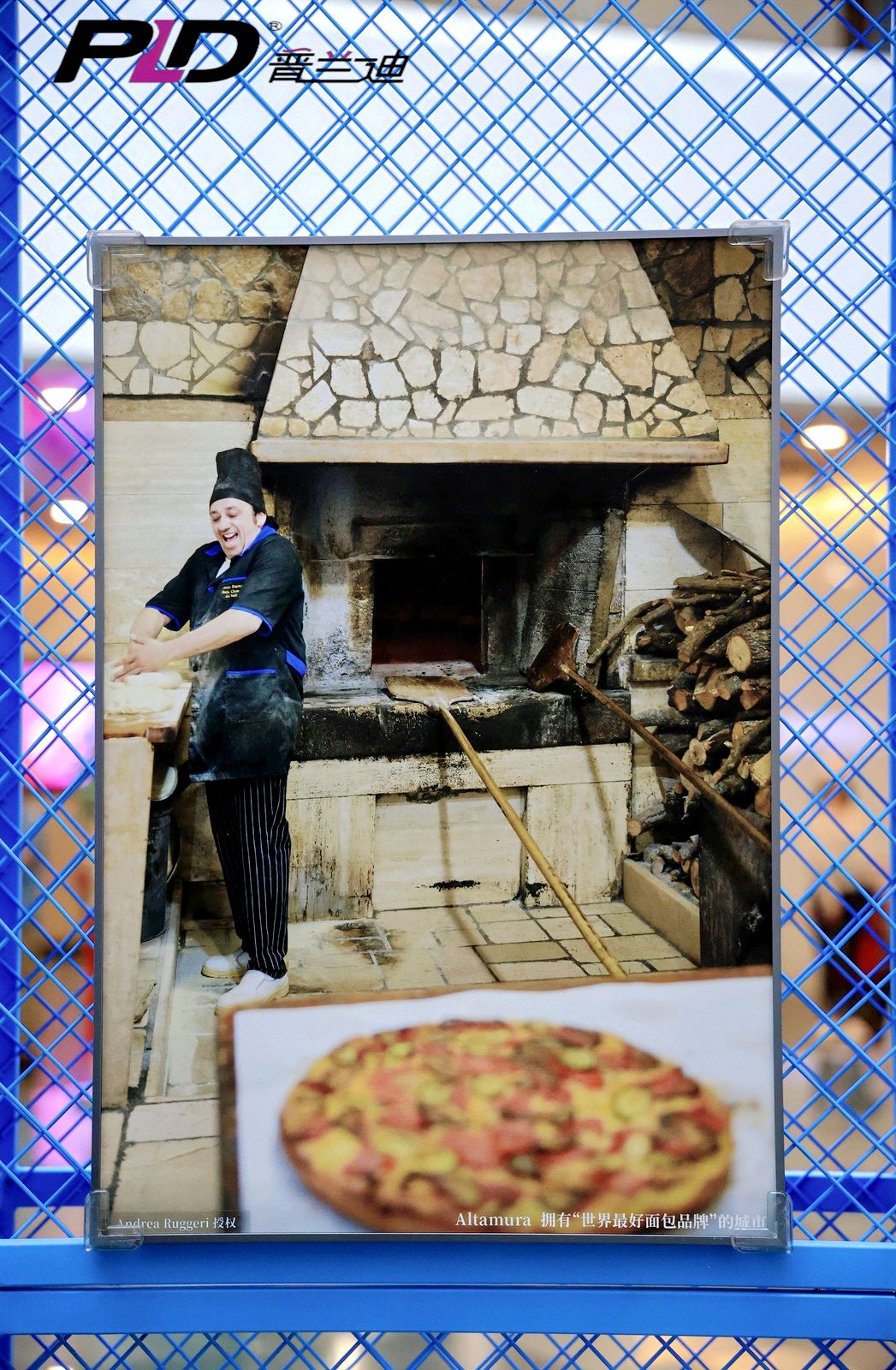
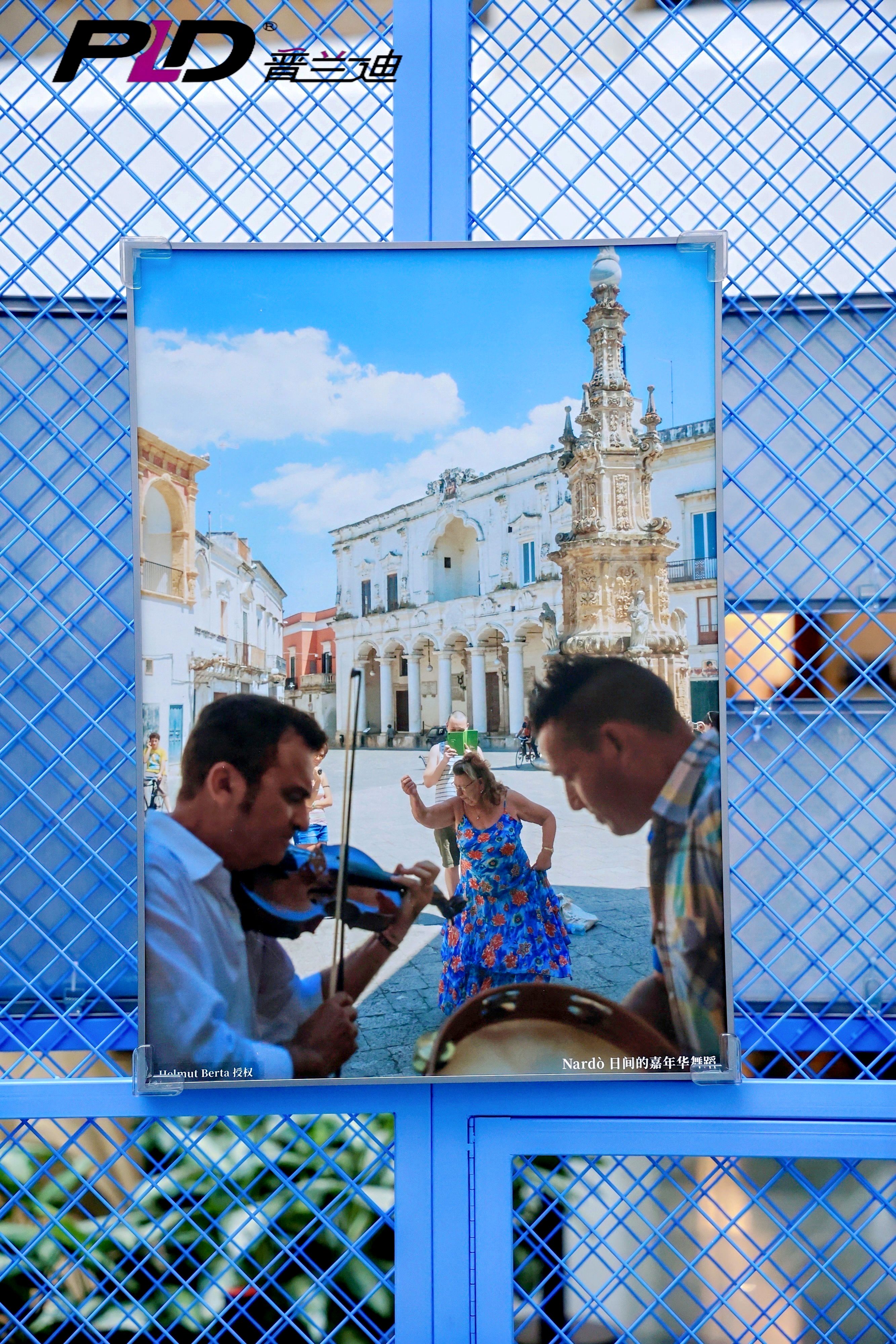
Photos depicting modern life in Puglia are on display. Photos courtesy of the exhibition organizers
Photographs of Puglia’s landscapes and contemporary culture further enrich the visitor experience, revealing the region’s timeless allure.
Whether you’re a history enthusiast or art lover, this exhibition promises an unforgettable journey. Handicraft workshops, drama events, and lectures will be held during the exhibition period to deepen understanding of ancient Greek pottery and the history and culture of Puglia. Follow Shenzhen Museum’s official WeChat account (ID: iszbwg) for updates on activities.
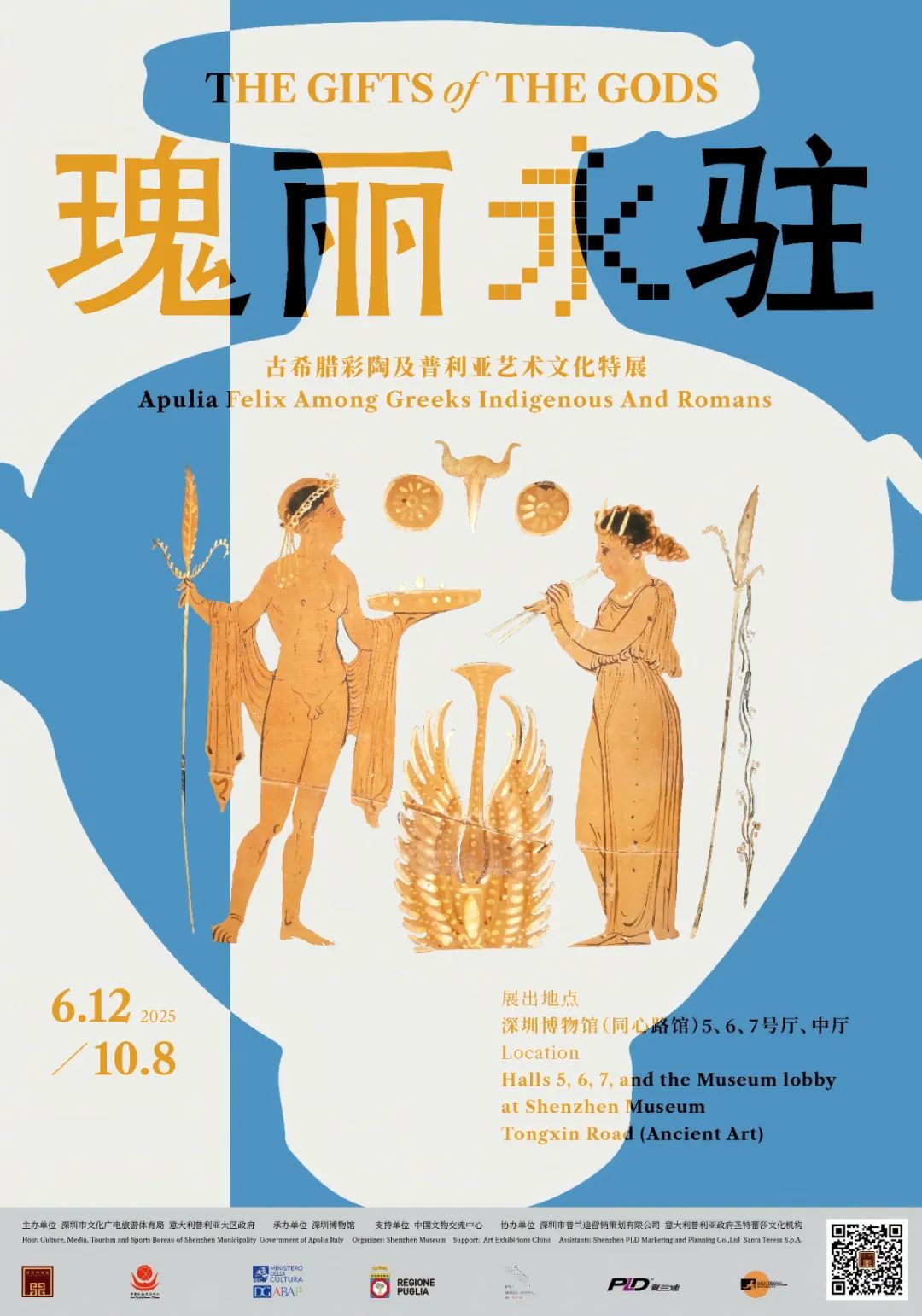
Dates: Through Oct. 8
Hours: 10 a.m.-6 p.m., closed Mondays
Tickets: Free, no reservation is needed
Venue: Shenzhen Museum’s ancient art division, Tongxin Road, Futian District (深圳博物馆同心路馆-古代艺术)
Metro: Line 9 to Hongling South Station (红岭南站), Exit A
Another exhibition at Shenzhen Museum’s history and folk culture division: Ancient ceramic art dazzles at SZ Museum